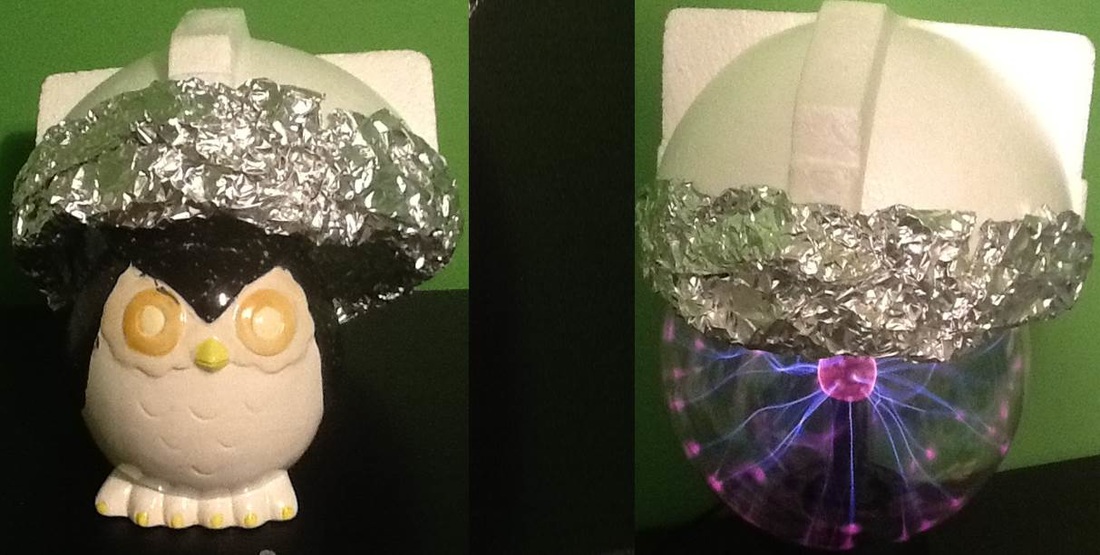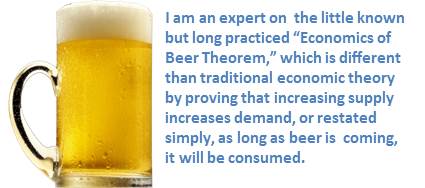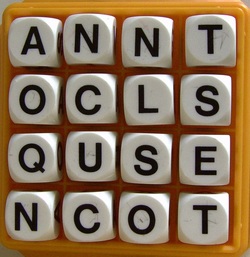The government definition of a debt ceiling is significantly different. A debt ceiling, in US Government terms, means a limit set by Congress on the amount of money that can be issued by the US Treasury, thus limiting how much money the federal government can borrow. The difference is we as families, cannot print our own money (legally, the currency of the United States of Mike has very little value) whereas the government can continue raising the debt ceiling by votes of Congress and then borrowing the required money until the next debt ceiling is reached.
The difference between deficit and debt can also be confusing. Deficit spending is what happens when revenues (taxes) are not sufficient to cover current obligations. Debt is borrowed money. It is the money used to “fill the gap” between revenue and expenses. Deficit spending has actually dropped over the past year. Despite the drop, revenues still do not cover current obligations and our debt increases, though somewhat more slowly (what’s a few half trillion dollars among friends?).
So, what are the ramifications of this budget deal (or if they would not have passed a budget deal)? A number of possible scenarios have been theorized, with the worst being ...duh-duh-duh… a total economic collapse. You know, eating rock soup, runs on Spam at the store and manufacturing millions of tin foil hats. By the way, here is my tin foil hat.

This scenario, containing funny hats and canned meat, is probably unlikely. More likely, nothing happens and life goes on as normal. Markets might get jumpy and there might be a few freak outs. Currently, if you look at debt as a portion of GDP, the 2015 numbers are less than or equal to government debt from the mid-1940’s to the mid-1950’s.
So, what does any of this have to do with the 504 loan and commercial borrowers? At some point, the deficit and debt problems will have to be addressed. If borrowing continues to increase (deficit spending leading to debt), interest rates will necessarily have to increase. Being able to lock in a 20 year fixed rate loan to purchase long-term assets now, when interest rates are low, may be the wisest investment a borrower can make. Locking in a 4.8%, 20 year fixed loan when interest rates could double over that same 20 year period makes good fiscal sense.
I think it is a great time to drink some pre-apocalyptic beer, grill some Spam, compare our tin foil hat creations and talk about buying a building for your business. It might be the perfect time.
















 RSS Feed
RSS Feed